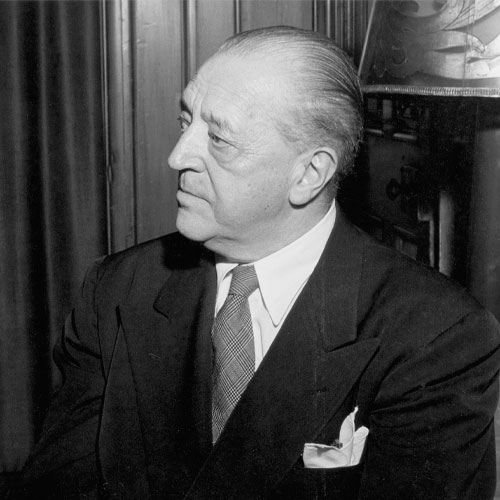A chair that truly traverses time, the Barcelona Chair is prevalent in many a gleaming New York ad agency office and European architects studio, and features in the living spaces of design aficionados across the globe. The Barcelona chair is a true masterpiece of modern design, having been inducted into the permanent collection of the New York Museum Of Modern Art in 1977.
The Barcelona chair began life as a lavish commission produced for use in the German Pavilion at the Barcelona Exposition of 1929, which is from where the chair received its name. It was soon adapted for more widespread use, with Knoll producing their version of the chair since the early 1950s, largely by hand, and always with precision. Now, Mies Van Der Rohe and Lilly Reich's classic Knoll Barcelona Chair has been fine-tuned with a more forgiving padded seat, resulting in the Relax Version.

Ludwig Mies van der Rohe, more commonly referred to simply as “Mies” stands alongside the likes of Le Corbusier and Frank Lloyd Wright as one of the godfathers of modernist architecture. Growing up in Aachen, and following a brief tenure in his father’s stone carving shop Mies worked his way through the local design firms and found himself in Berlin, where he joined the office of interior designer Bruno Paul, before taking an apprenticeship at the studio of famed architect Peter Behrens. Whilst there Mies worked alongside Le Corbusier and Walter Gropius, the latter of which with whom he would go on to found the Bauhaus in the years that followed.
In the wake of the rise of the Third Reich, Mies, alongside many of his contemporaries in design, the arts and cinema, left Germany for the US, where he would further solidify his reputation as one of the great architects and designers of the 20th Century. His aphorism "less is more" serves as a mantra and a rallying cry for a major contingency of the design world.





















































